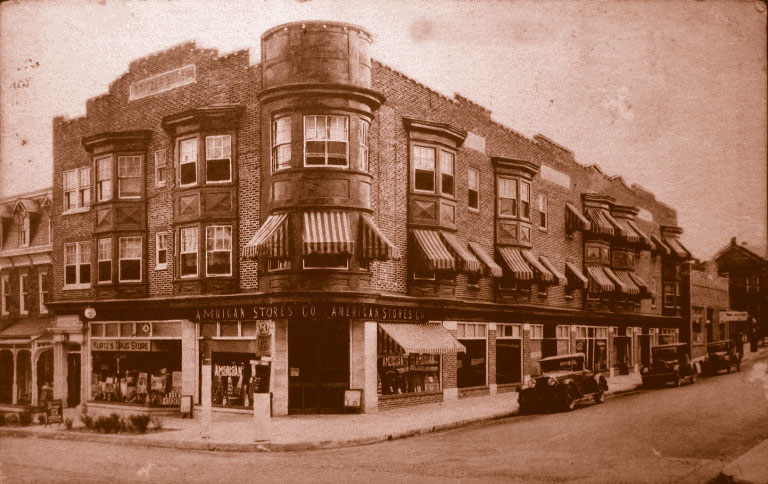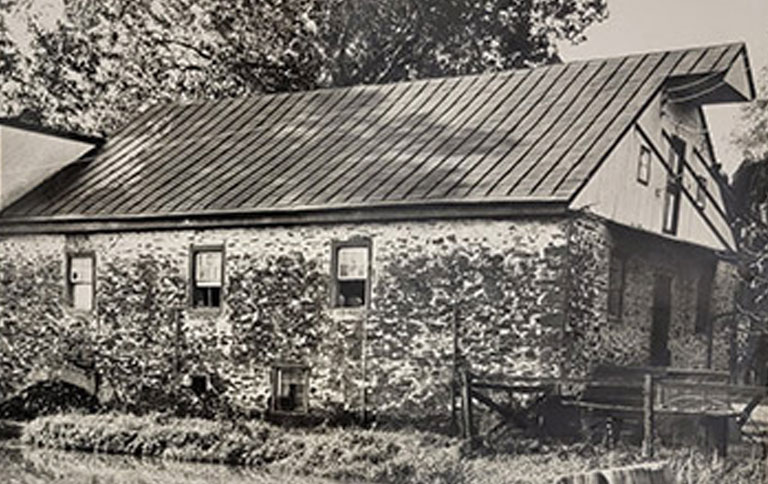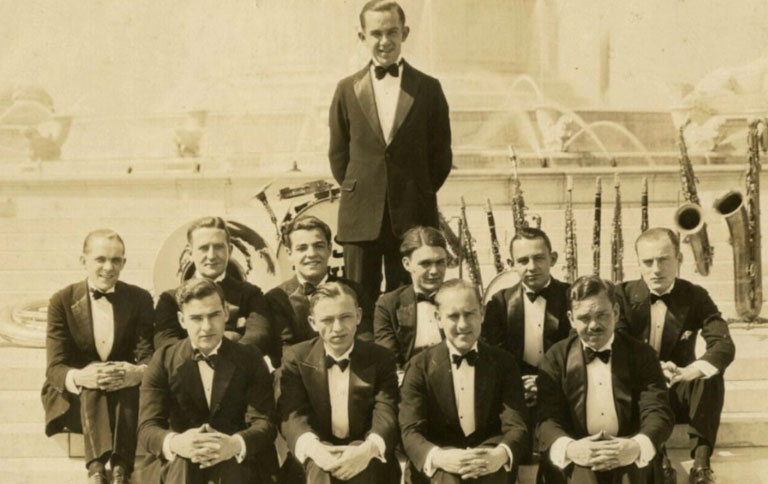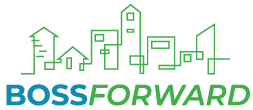The History of Sinking Spring
History of Sinking Spring Borough
The Lenni Lenape Indians first lived in the area now known as Sinking Spring. They named it Sunken Spring because a spring would appear and disappear periodically. In 1793, settlers arrived, drawn by this valuable water source.
Early Roads and Settlements
Local farmers used the shortest routes across the hills to bring cattle to the spring. These unplanned cow paths eventually became local streets. The main east-west route, connecting Philadelphia and Harrisburg, later became the William Penn Highway. Today, it is known as U.S. Route 422 or Penn Avenue. The village had two toll gates, one at each end.
The Spring and Its Monument
A stone monument marks the location of “The Spring” on Penn Avenue. The spring lies in a ditch-like area where water flows under the road and into the Cacoosing Creek.
Early Industry and Businesses
In the early 1800s, iron ore mining took place along Cacoosing Avenue. Other industries included cigar making at Penn and Columbia Avenues, textile fabrication, and soap making near Shillington Road. Brown’s Feed Mill opened in 1857 at the railroad crossing on Columbia Avenue and South Hull Street, and it still operates today. One of the original four hotels, the Railroad House, also remains a popular local restaurant and bar.
Incorporation and Borough Development
Sinking Spring officially became a borough on March 13, 1913. Organizing the borough was challenging. Workers laid out and graded streets, named them, and installed streetlights and sidewalks. Property owners had to give up land for the borough’s proper layout.
Early Community Concerns and Infrastructure
Early residents focused on safety and health. They passed rules banning firecrackers and removing cattle pens near homes. In 1919, a 15 MPH speed limit was established. The Liberty Fire Company formed in 1921. A trolley line connected Reading and western Berks County but was abandoned in 1935. Penn Avenue was paved in 1939.
Businesses Through the 20th Century
The 20th century saw many businesses grow in Sinking Spring, including Holtzman’s Hardware (1920), Kurtz’s Drug Store (1925), Miller Builder Supply (1931), Sinclair Oil (1932), and Stoudts Restaurant (1950). Farms still operated on main streets into the 1960s. The borough’s most famous resident was Paul Specht, a Big Band Leader known worldwide in the 1920s and 30s.
Modern Growth and Industry
Since 2000, the borough’s population has grown over 52%, now totaling more than 1,400 households. The median household income is $65,526, which is $17,000 higher than the Pennsylvania average.
Sinking Spring hosts several oil and gas pipeline terminals, including the Sunoco Logistics Montello Complex. This site serves as the Eastern Pipeline System headquarters and a major trucking terminal. Sunoco pipelines supply fuel to large markets like Pittsburgh, Buffalo, and Rochester.
Additionally, the Alcon Laboratories “Alcon Precision Device” facility manufactures medical devices for eye surgeries worldwide. This facility is the borough’s largest employer and part of Novartis, a global pharmaceutical leader.




